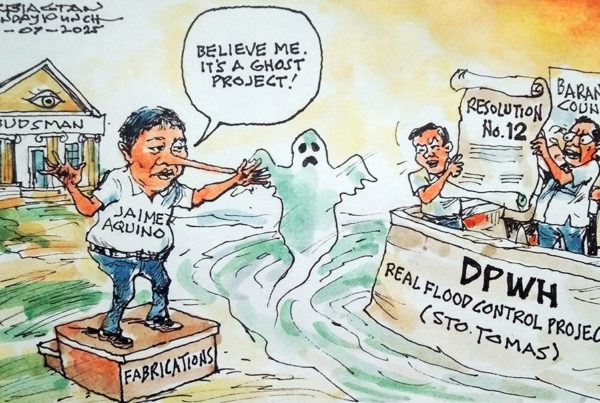Editorial
Education fix in Pangasinan
SERIOUS discussions are underway for the Aquino administration’s plan to add two more years, with one year each for the primary and secondary levels, to the existing basic education system.
The general aim for the proposal, dubbed K+12 for kindergarten plus 12 years of basic education, is to improve the learning foundation of Filipino students who for decades now have been lagging behind their counterparts in the ASEAN region, not to mention the global scene, through a curriculum that is more at par with international standards.
The proposal, of course, is well and good. But what would that mean on the ground? It would, of course, require more classrooms and other school facilities (as basic as water, toilet, chairs and tables), more teachers (who are better trained), and more books (that do not contain appalling errors) and other school materials. As it is now, the educational system is burdened by a pronounced lack of all these. In Pangasinan, the problem has been exacerbated by the typhoons and floods that gravely hit the province over the last two years, leaving many school facilities and books damaged or totally destroyed.
“It would only compound the problem,” says Dr. Macarthur M. Samson Sr., one of the leading educators in Pangasinan who also sits as regional president of the Association of Private Schools, Colleges and Universities (APSCU).
The other question that begs asking is: Can the poor Filipino family — with 33 percent or 1/3 of the country’s population still within the poverty level — afford to send the children for a longer period in school? Or will it just mean that more poor children will not be able to finish basic education? Pangasinan has one of the highest poverty incidence levels in the country.
The Philippine education system, which half a century ago was considered among the best in the region, is unarguably broken and needs mending. But K+12 may not necessarily be the right fix, or at least not yet.
Now while the talks carry on and the nation awaits a decision, our local government units, especially with the fresh three-year terms of the elected officials, in cooperation with the provincial school boards can do their own little repairs which will definitely mean big to our needy schools.
Our LGU leaders should go and check out the conditions of the public schools, talk to the teachers and the students in their locality and see for themselves what needs improvement, and act to make the funds available for the needed solutions.
This has to be done now, not a month or two before next year’s enrolment period. This is what makes education a priority. Planning for it early.








